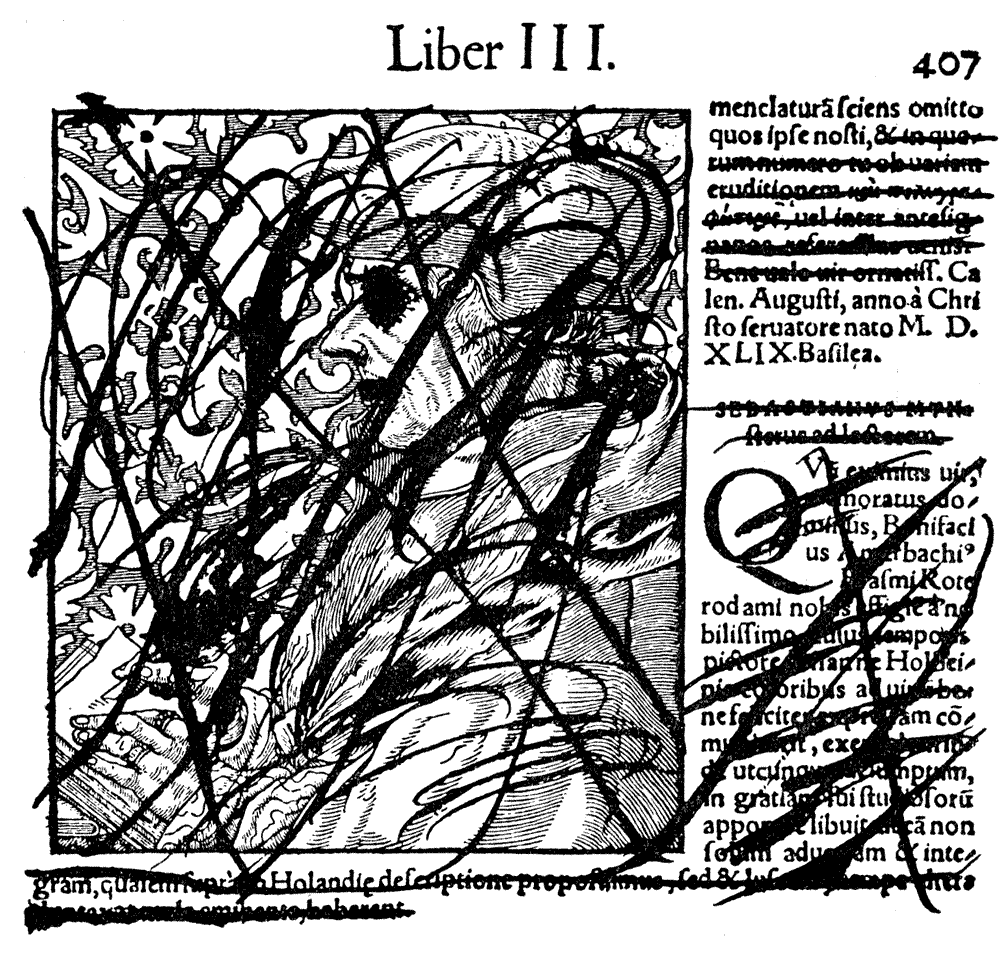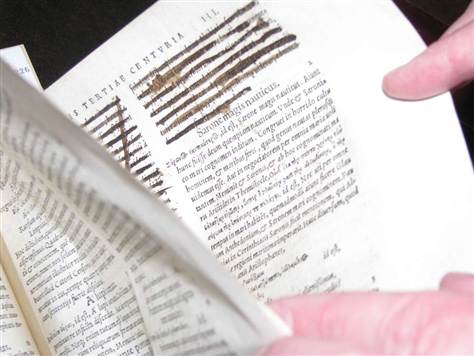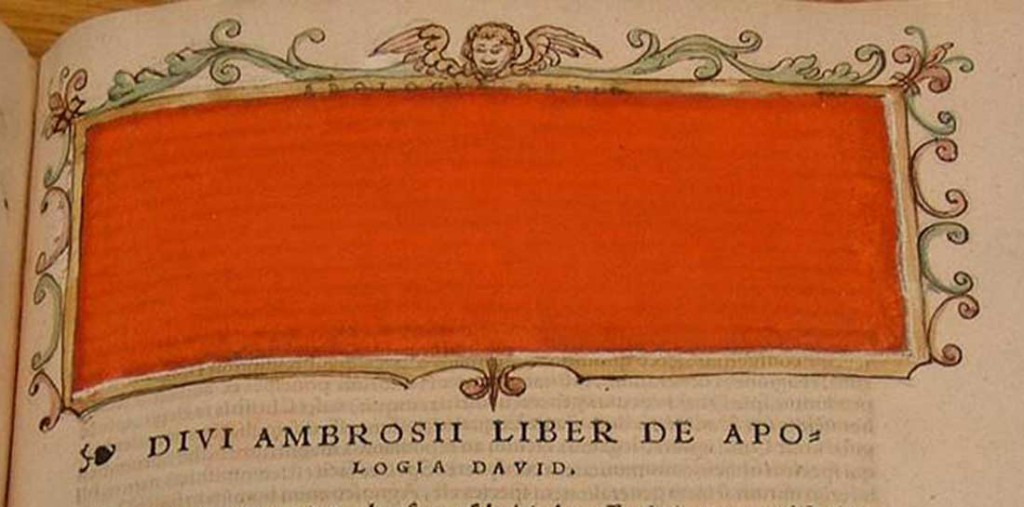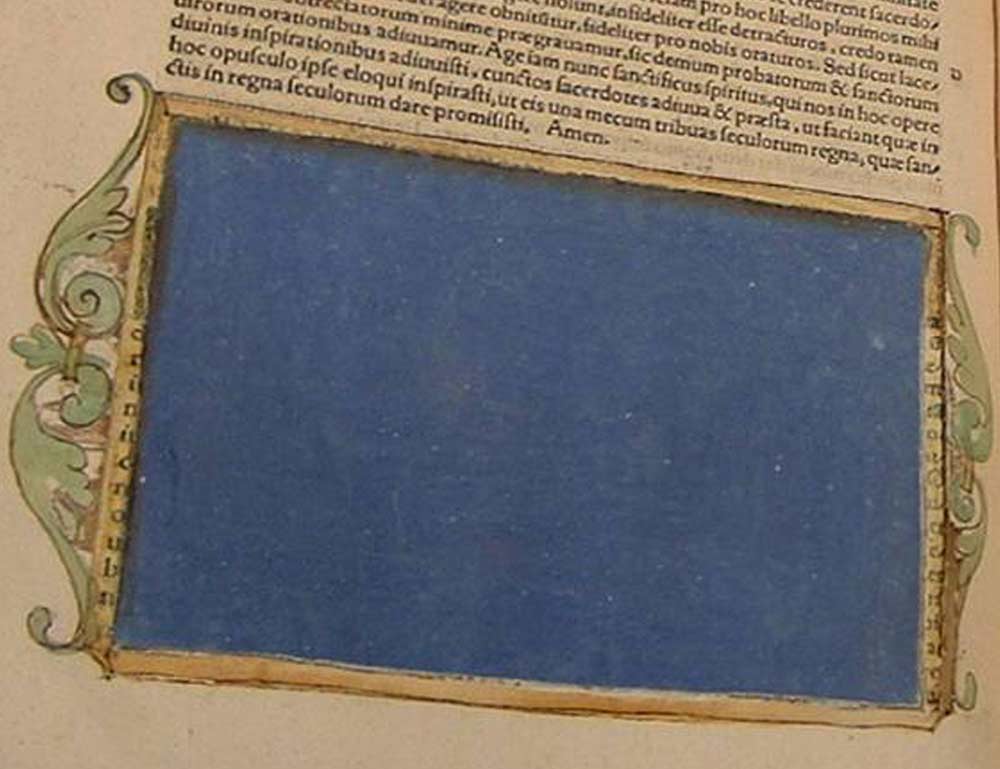Erasmus censored
The censorship of books by the Catholic Church has been a complex process. The list of books to be banned is first compiled in an Index, the Index Librorum Prohibitorum. Then the books are physically altered. Various censored specimens have been kept and give us the chance to see the index at work.
Livescience published an article showing two approaches to physical alterations of the books.
In one example, the Adagorium, a book of proverbs with coments by Erasmus, the censor glued some pages of the book and after four centuries the pages are still stuck together.
“Parts of it are blotted out with ink, a practice not unusual for the time. However, one section was treated with particular disdain, having pages ripped out, sections inked out and two of the pages actually glued together, still stuck after more than 400 years”.
In another, a book by Erasmus introducing the writings of St. Ambrose, the censored fragments have been painted over.
“It is one of the most exquisitely beautiful examples of censorship, with the offending passages obliterated using vibrant watercolors framed in baroque scroll frames with attending putti (an image of a male child),” Carefoote writes in his 2007 book. While the censor blanked out the prefaces by Erasmus he left the saint’s work alone. It’s not known what Erasmus said that got him censored.It’s also not known why the censor, probably a librarian, approached his job with such artistry.



